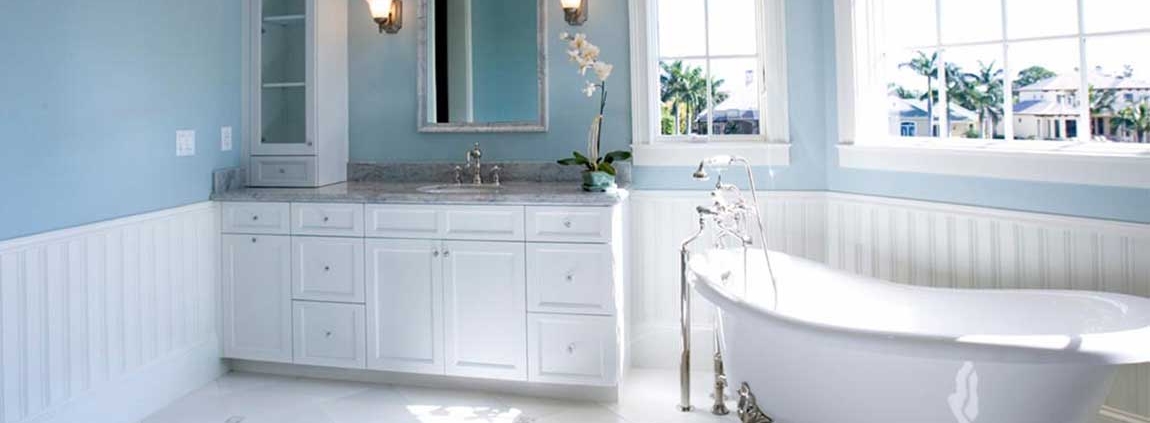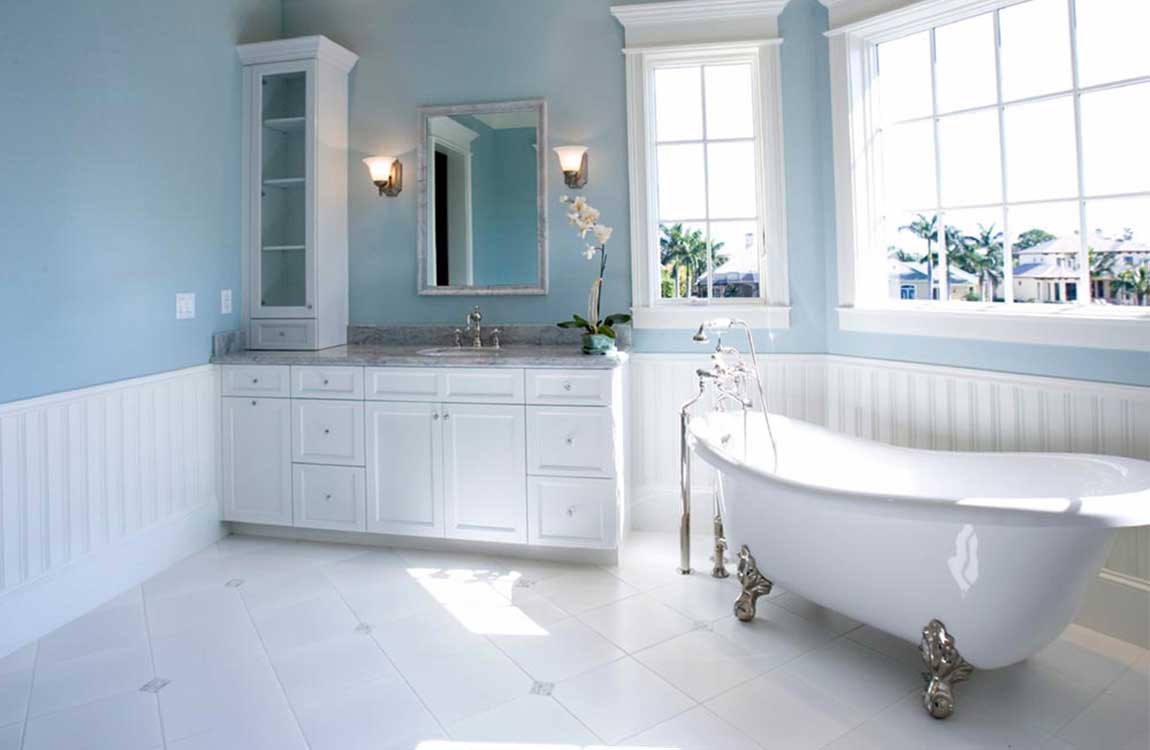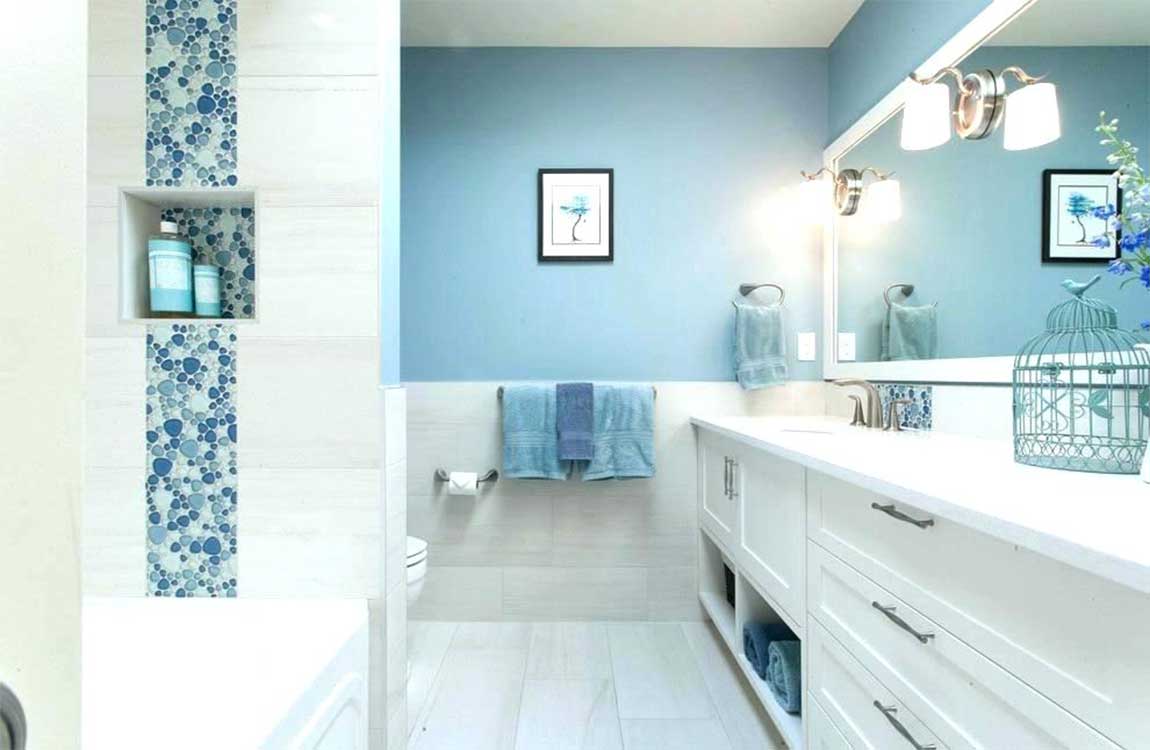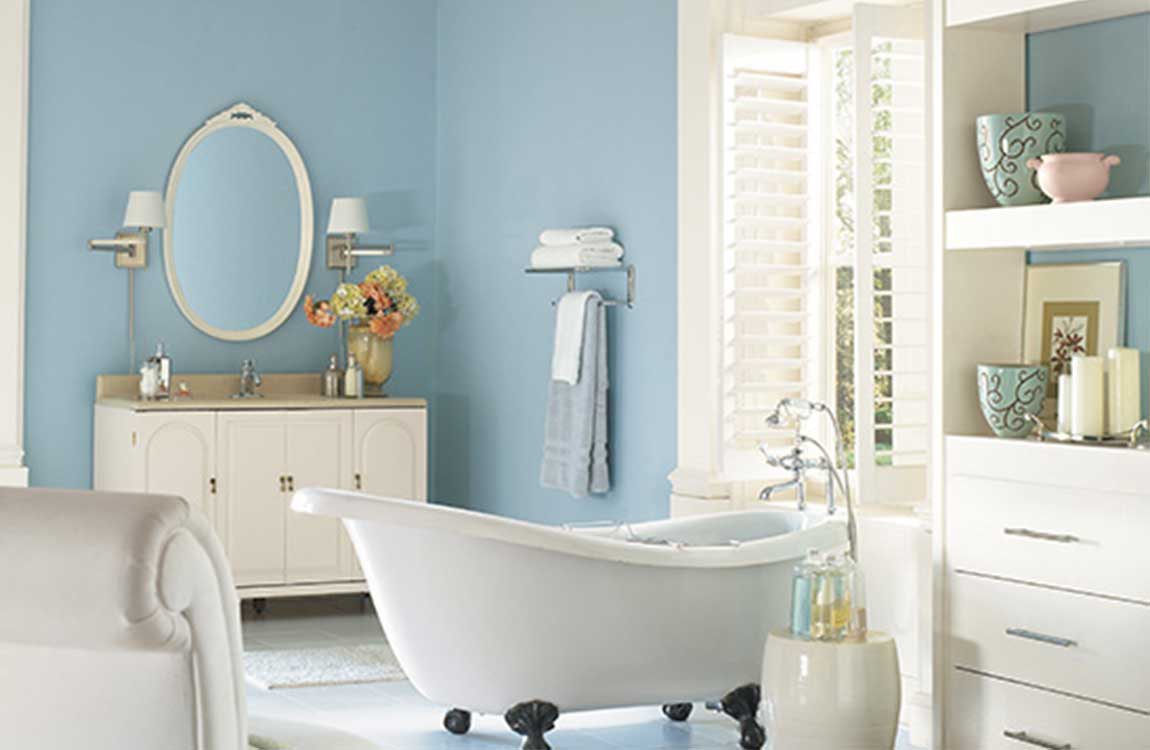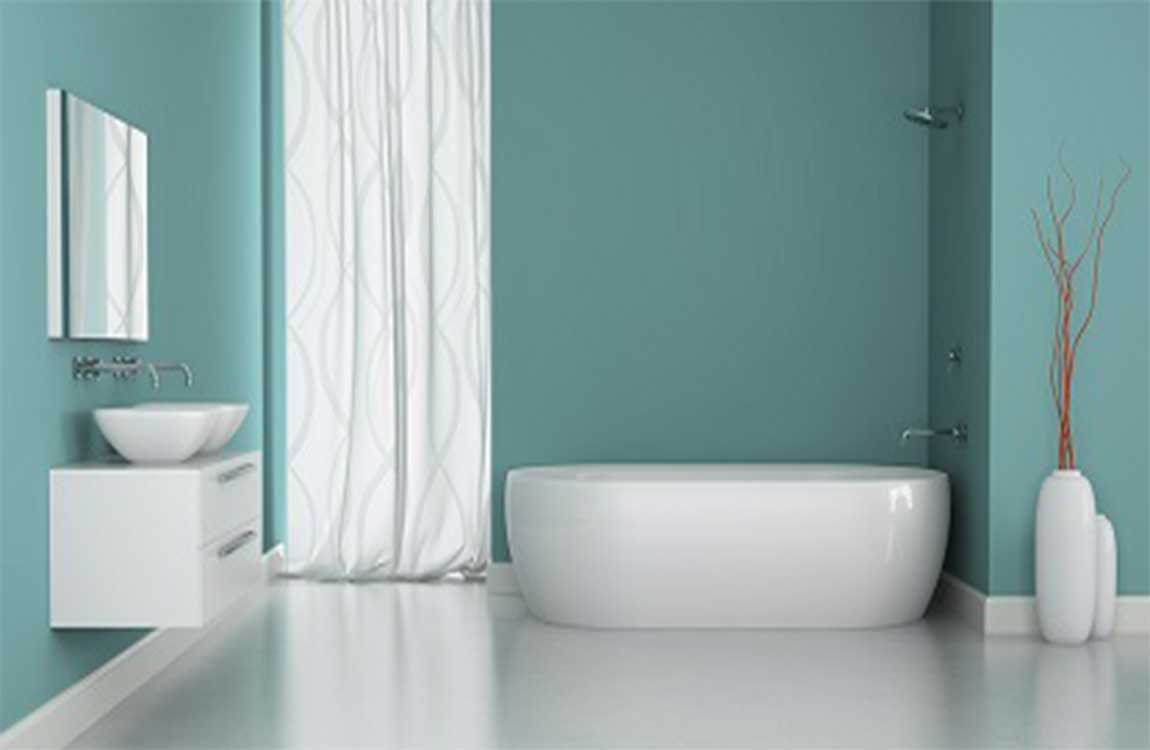How to Clean an Enamel Bathtub?

If you have an enamel bathtub, regular cleaning and maintenance will keep it looking beautiful. Wash your enamel bathtub every week using soapy water and a soft cloth. Remember to dry the tub after every use and fix leaks that could cause staining. To remove stains, avoid abrasive cleansers or tools. Instead, apply cleansing solutions and let them soak on the stain. Wipe and rinse away the solution to reveal your clean enamel tub.
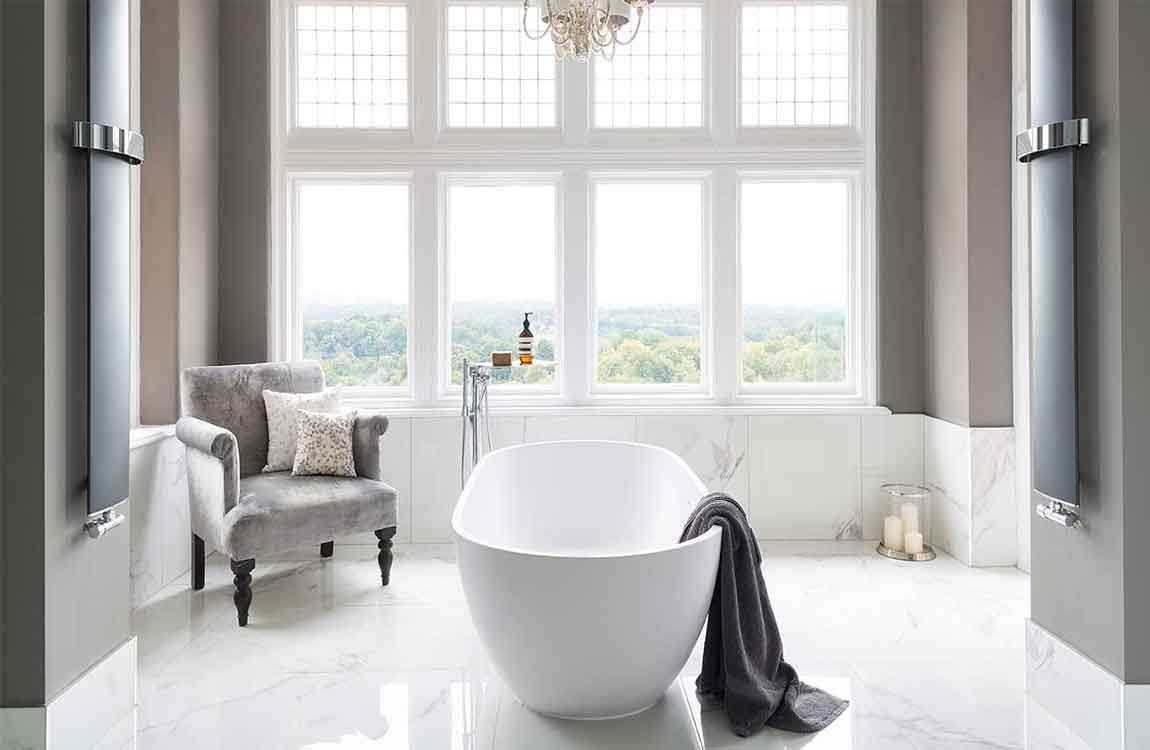
Empty out your shower. Remove all bottles, soap, razors, and accessories from your shower. Wipe down the items to remove any grime that may be transferred back into the shower, especially mildew. Mildew on the bottom of the bottles can immediately rub back onto your freshly clean shower surfaces. If you have any empty or worn-out items, throw them away.

If you have a shower curtain, it’s best to take it down and clean it. Rinse away any loose dirt and debris. A pre-rinse will ensure that you do not accidentally grind dirt or debris into the surface of your tub. It also allows the cleaning product to work directly on the stuck-on grime.
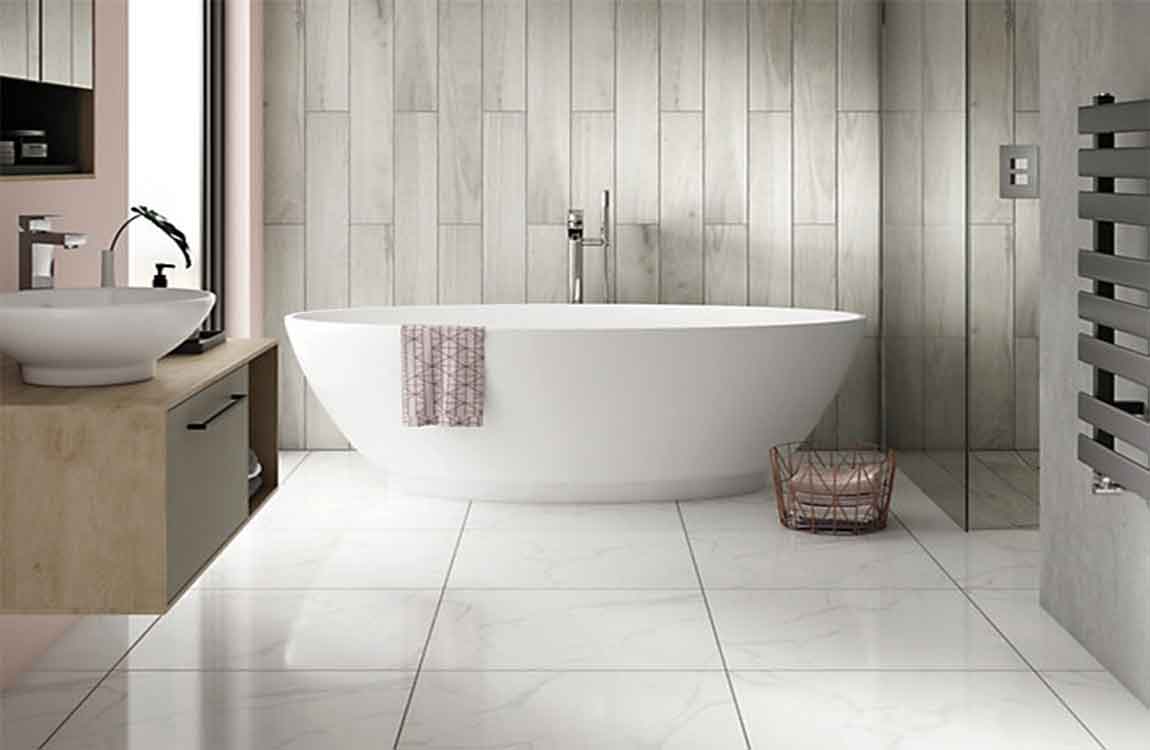
Ventilate the room. Open the bathroom door to prevent the fumes and moisture from building up. Then turn on your fan. If you have a window in your bathroom, open it as well. While you’ll be using a natural cleaning solution, it’s still strong and will release fumes that you’ll want to air out.

If you don’t own a dedicated scrubbing brush, you can use the rough green side of a kitchen sponge. Never use steel wool or any similar material to scour a porcelain tub. Even though porcelain is scratch-resistant, this can be enough to cause permanent damage to the finish.


